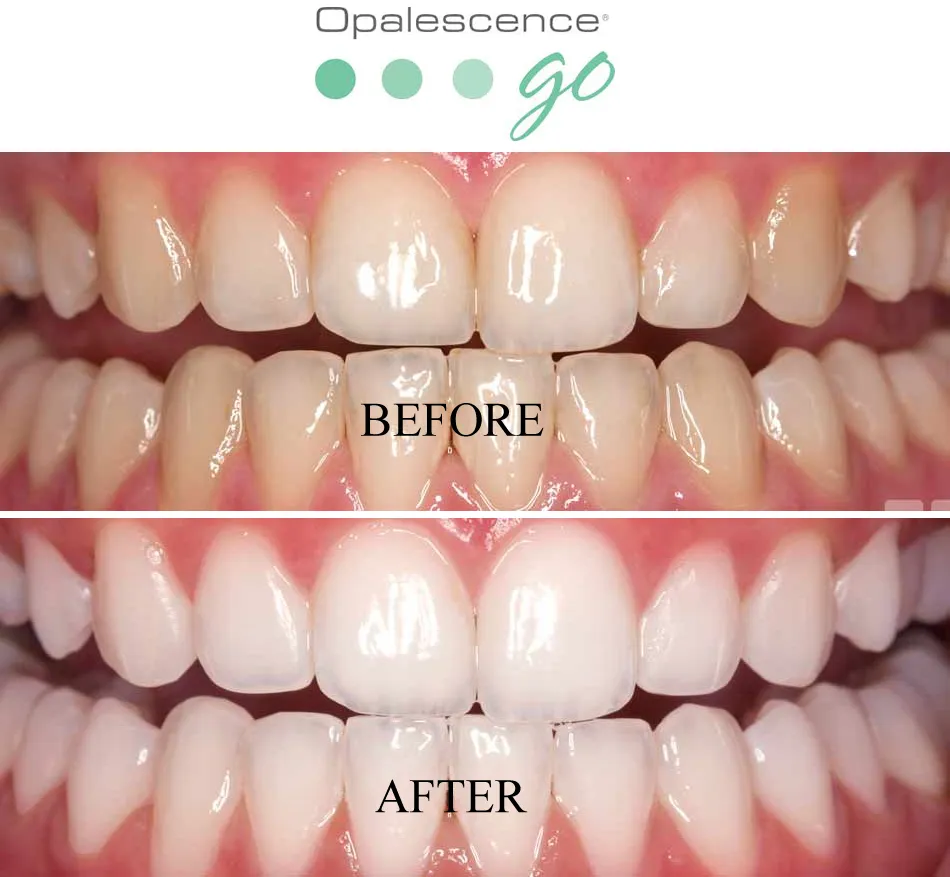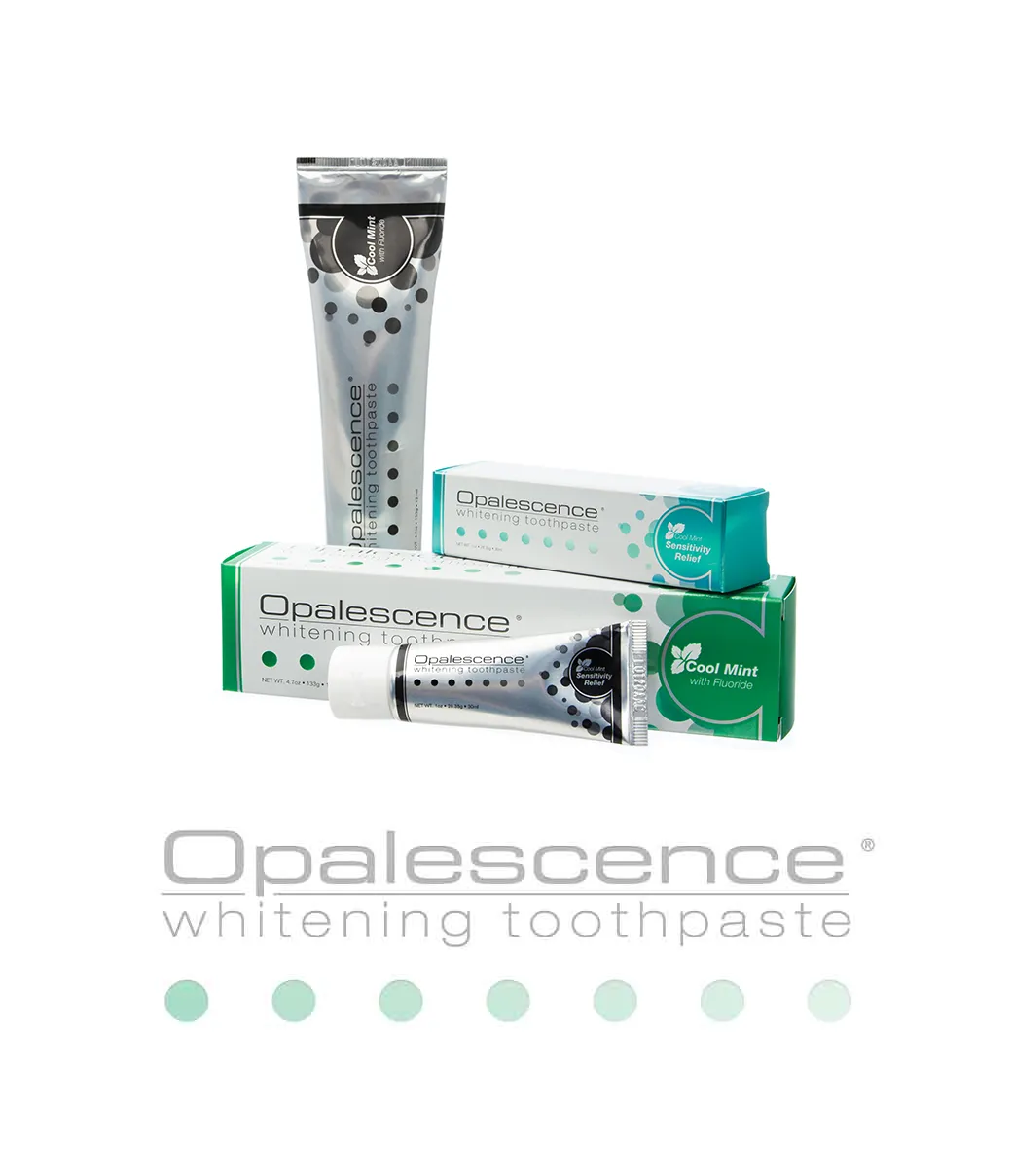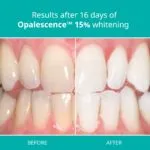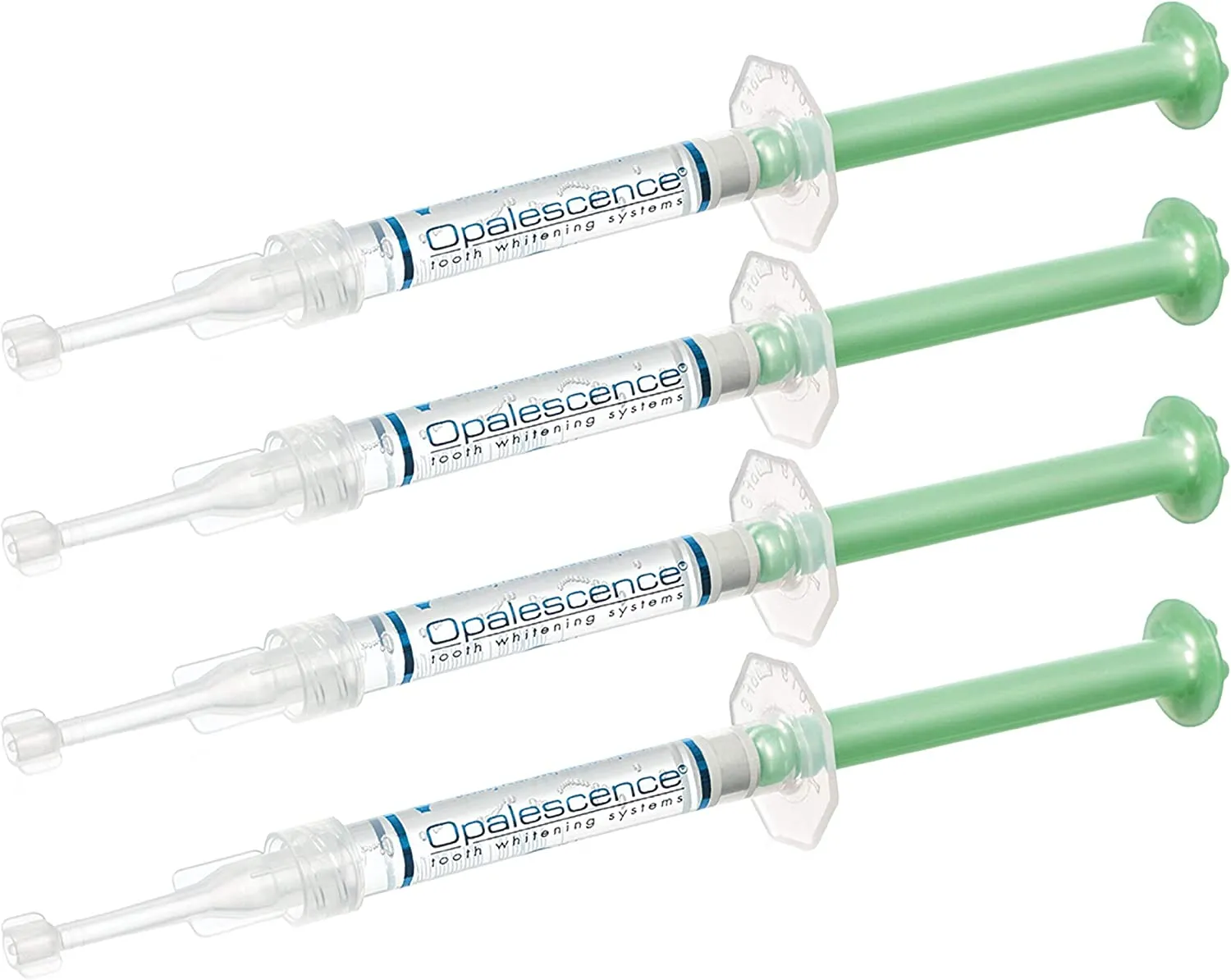Understanding Opalescence Whitening Gel Usage
Opalescence whitening gel is a popular choice for achieving a brighter, whiter smile. However, understanding how often to use Opalescence whitening gel is crucial to achieve the best results while minimizing potential side effects. This guide will provide detailed insights into the proper usage of Opalescence, helping you navigate the various aspects of its application and maintenance. It is designed to inform you about the different concentrations available, how they influence the frequency of use, and the factors to consider for an effective and safe whitening experience. Before diving in, it’s essential to consult with your dentist to determine the most appropriate Opalescence formulation and usage schedule for your specific needs. This personalized approach ensures the best outcome and helps you avoid any potential complications.
Types of Opalescence Whitening Gel
Opalescence offers a range of whitening gel options, each with a different concentration of hydrogen peroxide or carbamide peroxide, the active whitening agents. These variations cater to different levels of sensitivity and desired whitening results. The selection of the right type is pivotal in determining the frequency of use. The primary types include gels designed for use with custom-fitted trays provided by a dental professional, and over-the-counter options. Custom tray gels are generally more potent and require a more controlled application schedule, while over-the-counter versions are milder and can be used more frequently, but may produce less dramatic results. Understanding the distinctions among these products is the initial step towards using Opalescence effectively and safely.
Opalescence Whitening Gel Strengths and Their Frequency

The concentration of the whitening agent significantly influences how often you should use Opalescence whitening gel. Higher concentrations, such as 35% hydrogen peroxide, are typically used for shorter durations, often applied in-office by a dentist. Lower concentrations, like 10% or 15% carbamide peroxide, can be used at home over several days or weeks, following a prescribed schedule. The frequency of use is also tied to the specific formulation and how it interacts with your teeth. Always adhere to the guidelines provided by your dentist or the product instructions to avoid potential complications, such as tooth sensitivity or gum irritation. Proper usage will ensure effective whitening while protecting your oral health.
10%, 15%, 20% and 35% Opalescence Whitening Gel
The different percentages of Opalescence whitening gel cater to varying needs and sensitivity levels. 10% carbamide peroxide is often used for longer durations, such as overnight, with the tray in place. 15% and 20% strengths are typically used for shorter periods, perhaps a few hours a day, for a specified duration. The strongest, 35% hydrogen peroxide, is usually administered in a dental office for quick, noticeable results. The frequency of use decreases as the concentration increases to mitigate the risk of sensitivity or gum irritation. Your dentist will evaluate your teeth and sensitivity to determine the best concentration and frequency for your situation, offering the most suitable balance between effectiveness and safety. Always follow these recommendations to obtain the best and safest outcome.
Factors That Influence Usage Frequency
Several factors influence how often you should use Opalescence whitening gel, including your teeth’s natural shade, the type and extent of staining, and your sensitivity to whitening agents. The desired level of whitening also plays a key role. If you have sensitive teeth, your dentist might recommend a lower concentration of gel and a less frequent application schedule. Lifestyle choices, such as the consumption of staining foods and drinks, also need consideration; coffee, tea, and red wine can diminish the effects of whitening, and the frequency of use may require adjustment. Regularly consulting with your dentist helps you adapt your whitening plan to these variable factors, maximizing results while minimizing the risk of side effects.
Teeth Sensitivity

Teeth sensitivity is a common side effect of using Opalescence whitening gel. Some individuals may experience temporary sensitivity during and after the whitening treatment. The intensity of sensitivity can vary depending on the gel strength and frequency of use. It is advisable to use a toothpaste designed for sensitive teeth before, during, and after the whitening process. Reducing the duration of application or the frequency of use can help mitigate sensitivity. If sensitivity becomes severe or persistent, consult your dentist. They may recommend alternative treatments or adjust the whitening schedule to help you maintain your desired results comfortably.
Staining from Food and Drinks
Consuming staining foods and drinks can impact the effectiveness and duration of your whitening results, which may indirectly influence how often you need to use Opalescence gel. Coffee, tea, red wine, berries, and certain sauces are known to stain teeth. Minimizing or avoiding these foods and drinks during your whitening treatment will help maintain your newly brightened smile. Consider rinsing your mouth with water after consuming staining items to help reduce the potential for discoloration. Consistent oral hygiene, including brushing and flossing, is crucial in removing surface stains and maintaining the whitening effect. Regular professional dental cleanings can further help in maintaining the brightness achieved with Opalescence.
Professional Guidance
Consulting with a dental professional is essential before beginning any teeth whitening treatment, including the use of Opalescence whitening gel. Your dentist can evaluate your oral health, assess the suitability of teeth whitening, and recommend the most appropriate type of gel and usage frequency for your specific needs. They can also monitor your progress, manage any side effects like tooth sensitivity, and provide personalized advice. Regular dental check-ups are crucial for ensuring the effectiveness and safety of the treatment. The dentist can also provide custom-fitted trays, which can improve the effectiveness of the whitening treatment compared to over-the-counter alternatives.
Best Practices for Opalescence Whitening Gel

To achieve the best results and ensure your safety, follow these best practices. Always read and adhere to the product instructions provided. Use the gel as directed by your dentist, and avoid overuse. Apply the gel evenly within the whitening trays, ensuring it contacts all tooth surfaces. Do not overfill the trays, as this can lead to gum irritation. Maintain good oral hygiene, brushing and flossing regularly, to remove any residual gel and maintain your teeth’s health. If any side effects, such as sensitivity, occur, consult your dentist. Sticking to these practices will help you get a brighter smile while protecting your oral health.
Application Techniques
Proper application of Opalescence whitening gel is crucial for its effectiveness. Use a small amount of gel in each tray, enough to cover the visible surface of your teeth. Insert the trays carefully to ensure they fit properly, avoiding any spillage of the gel onto your gums. If you use custom-fitted trays, they usually provide a more snug and precise fit, thereby reducing the risk of gum irritation. Wear the trays for the duration recommended by your dentist or as indicated in the product instructions. After each application, remove the trays and thoroughly rinse both your mouth and the trays. Regular maintenance, including cleaning the trays to remove any residue, will help prevent bacterial buildup and promote a successful whitening outcome.
Post-Application Care
Post-application care is as important as the application process. After whitening, avoid consuming staining foods and drinks for at least a few days. Continue with your regular oral hygiene routine, including brushing twice a day and flossing daily. Use a toothpaste formulated for sensitive teeth to alleviate any discomfort. Drink plenty of water to stay hydrated and rinse your mouth. Avoid smoking and other tobacco products, as they can stain your teeth and reduce the whitening effect. Consider using a whitening toothpaste to help maintain your bright smile. Regular check-ups with your dentist will ensure your oral health, and help maintain the effects of the whitening treatment.
Maintaining Your White Smile

Maintaining your newly whitened smile involves consistent oral hygiene and lifestyle choices. Brush and floss regularly to remove surface stains and plaque. Avoid or limit the consumption of staining foods and drinks. Periodic touch-up treatments with Opalescence or other whitening products may be needed to maintain the desired shade. Regular dental check-ups and cleanings are essential to monitor your oral health and address any staining or discoloration. Consider using a whitening toothpaste, which helps to remove surface stains and keep your teeth bright. With the right care and attention, you can enjoy a beautiful, white smile for years to come.
